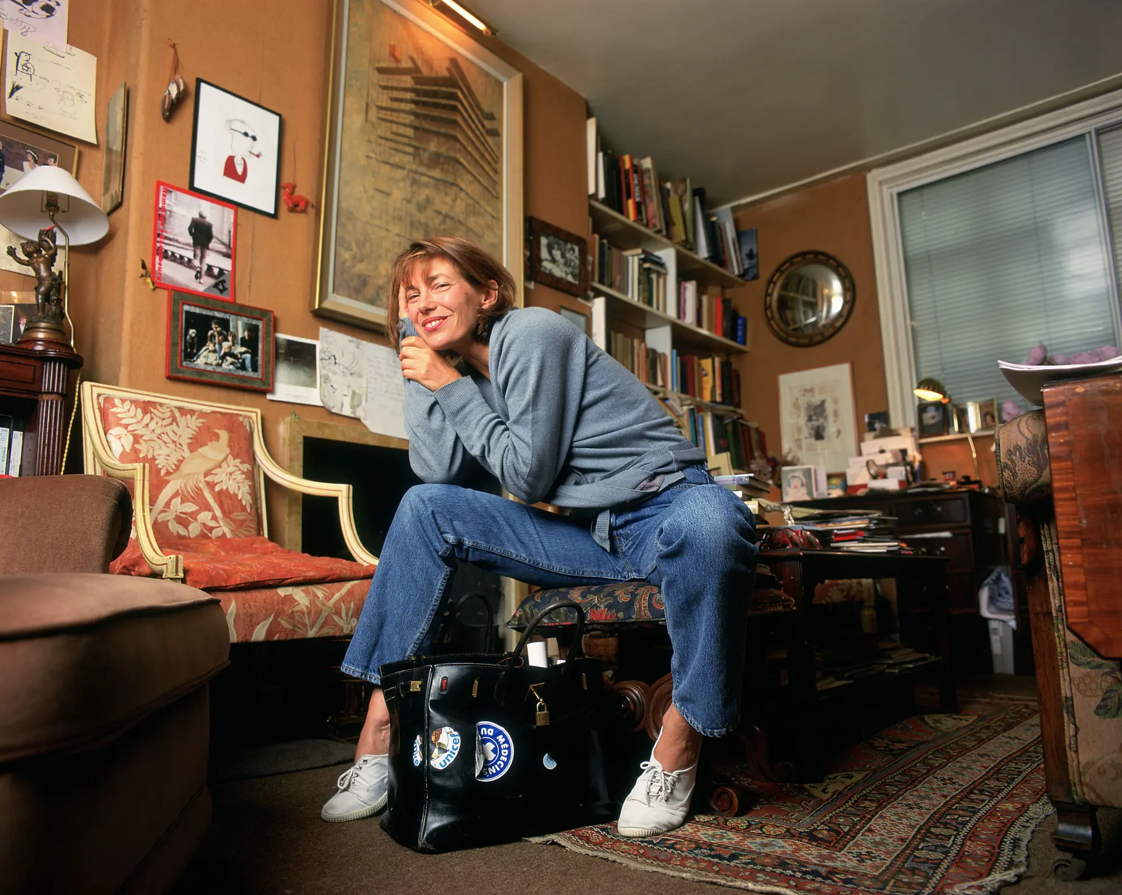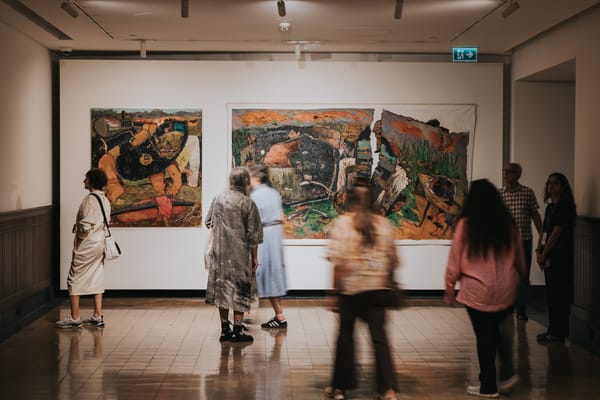The $10 Million Birkin That Won’t Be Sold: Why Valuence Is Sending the Original Into Public View
Valuence Japan stunned the luxury world by declaring the first-ever Hermès Birkin will travel through museums instead of returning to the private market.

When the hammer fell in Paris this summer, the room inhaled. A black leather prototype — the very first Hermès Birkin, the one Jane Birkin hauled through life with an almost casual defiance — had just shattered every metric the luxury world worships. Valuence Japan paid $10.1 million for it. And now the company says it’s not selling. Not trading. Not hiding it in a vault. It’s sending it out into the world as Robb Report noted earlier in its coverage.
Tokyo heard the news first. Shinsuke Sakimoto, Valuence’s cofounder, stepped up to the mic and stripped the air of any suspense. The bag wasn’t an investment play. It was cultural cargo. “You don’t talk about pieces like this in numbers,” he said. “You talk about what they carried.”

This Birkin carries plenty. It was born in 1984, mid-flight, mid-conversation — Jane Birkin searching for space for bottles, notebooks, scraps of life; Hermès CEO Jean-Louis Dumas sketching as she spoke. What emerged became an empire. Every Birkin walks in the shadow of that first one.
Collectors had circled the auction like sharks. Eight bidders pushed the sale into a fierce 10-minute showdown. One name whispered in the aftermath — loudly enough to trend — was quickly denied. No matter. The bag went to a company that normally flips luxury goods with brisk precision. This time, Valuence froze the cycle.
The plan is stark and simple: open the case, place the prototype under lights, let the world stare. Museums, galleries, public rooms where people who’ll never own a Birkin can still feel the gravity of the one that started it all.
It’s a quiet rebuke to a market that treats handbags like stocks. Birkins keep outperforming. One Chinese collector just made millions unloading dozens of them. But Sakimoto’s stance lands differently: some items carry a pulse, and selling would cut it.
The original Birkin once traveled in the crook of a woman’s arm, unbothered by its myth-in-the-making. Soon, it’ll travel again — not to private vaults, but to public halls where its story can breathe.
© ART Walkway 2025. All Rights Reserved.





